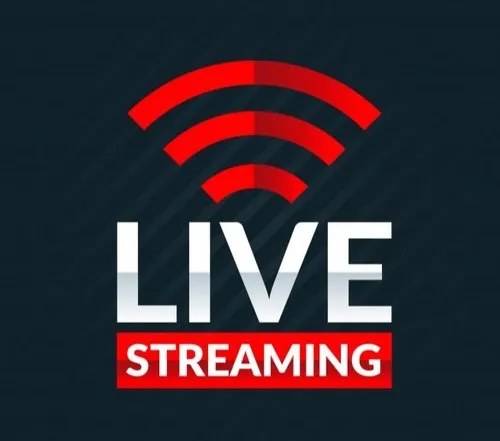SRT, HLS, and MPEG-DASH

SRT, HLS, and MPEG-DASH are the future of streaming
As companies and Content Delivery Network (CDN) providers prepare for a future filled with the widespread use of live streaming, the need for more efficient protocols has never been more urgent. Well get ready because the future of live streaming has arrived – and that future is SRT, HLS, and MPEG DASH. Let’s look at what each of these live streaming protocols are, their benefits, and application. And to help you choose the one that’s right for you, there’s a quick comparison at the end of this article.
Secure Reliable Transport (SRT)
Secure Reliable Transport (SRT) is a rising star in the streaming frontier. It delivers high quality video and audio with low latency over the unreliable public Internet. You can actually control the amount of latency and eliminate issues like jitter due to packet loss over poor networks. SRT also makes it easy to traverse firewalls without needing any help from your IT guy and it’s economical to deploy over the existing network infrastructure. Plus, SRT offers secure streaming with up to 256 bits AES encryption.
SRT is an open-source streaming protocol that’s gaining popularity because of the SRT Alliance, a collaborative effort involving many industry leaders and developers with the goal to advance SRT adoption. Epiphan Video is a certified “SRT ready” member of the SRT Alliance alongside YouTube, Akamai, Wowza, and others. Popular software that have already integrated SRT include OBS Studio, GStreamer, and VLC.
Dubbed a “satellite replacement technology”, SRT’s low cost and ability to deliver high-quality content over the Internet in near real time gives broadcasters a viable alternative to expensive satellite technology.

Benefits
- Low-latency, high-quality video and audio delivered reliably across the existing, unreliable Internet.
- Easily traverse firewalls between the SRT source (encoder) and the SRT destination (decoder).
- Control latency to adjust for changing network conditions.
- Secure livestreaming with up to 256 bits AES encryption.
How SRT works
A dedicated communication link for control and packet recovery is established between the SRT source (encoder) and the SRT destination (decoder). The destination can be a server, CDN, or another SRT device. SRT employs its own packet-loss recovery method using UDP packets over the network, which you can tune to adapt to fluctuating network conditions. When network conditions are poor, more packet buffering can be added to improve video quality. As network conditions improve, the amount of delay can be reduced for a near real-time live stream experience.
Any firewalls between the SRT source device and the destination must be traversed. SRT has three modes for doing that: Rendezvous and Caller/Listener.
Rendezvous mode is the simplest and typically requires no IT involvement to traverse firewalls between the SRT source and destination. If you can’t get through the firewall, then the Caller/Listener modes should be used. However, some IT involvement is needed to set up traffic forwarding so that traffic received at the public IP address and SRT port of the destination device is forwarded to the device on the local network.
SRT application
SRT excels when used to send a bunch of remote contribution feeds over unpredictable networks to a central destination for production and redistribution, such as in a broadcasting model with remote journalists reporting live on location. It’s also great for bringing in remote guests for low-latency interviews and two-way conversations. Whenever high-quality video and audio over unpredictable networks is needed, SRT far surpasses the quality of any Zoom call, WebEx, or WebRTC stream.


